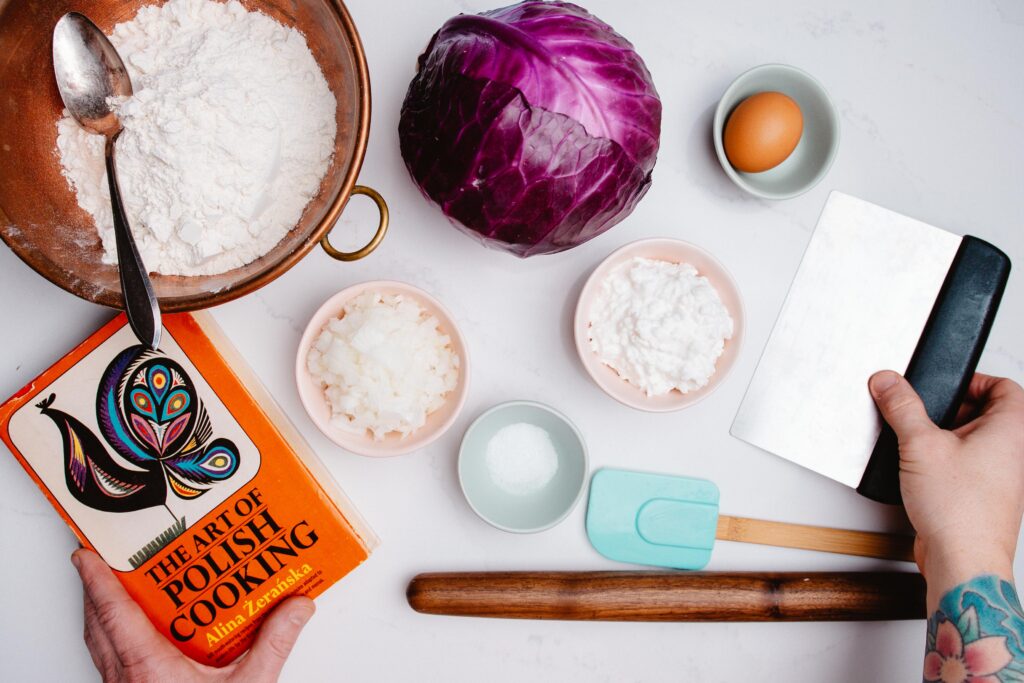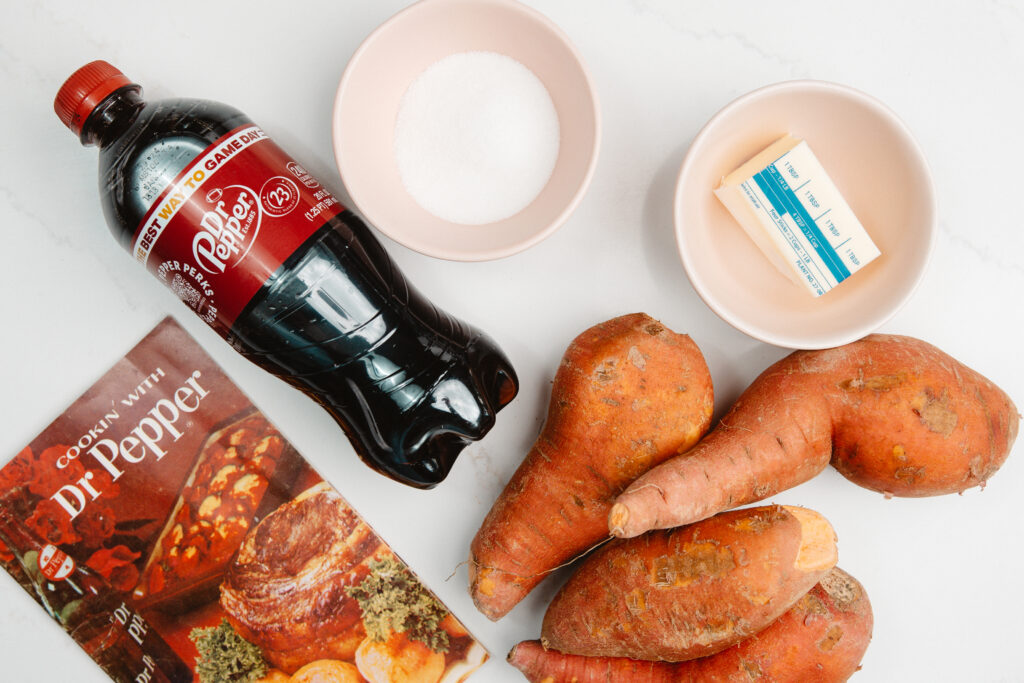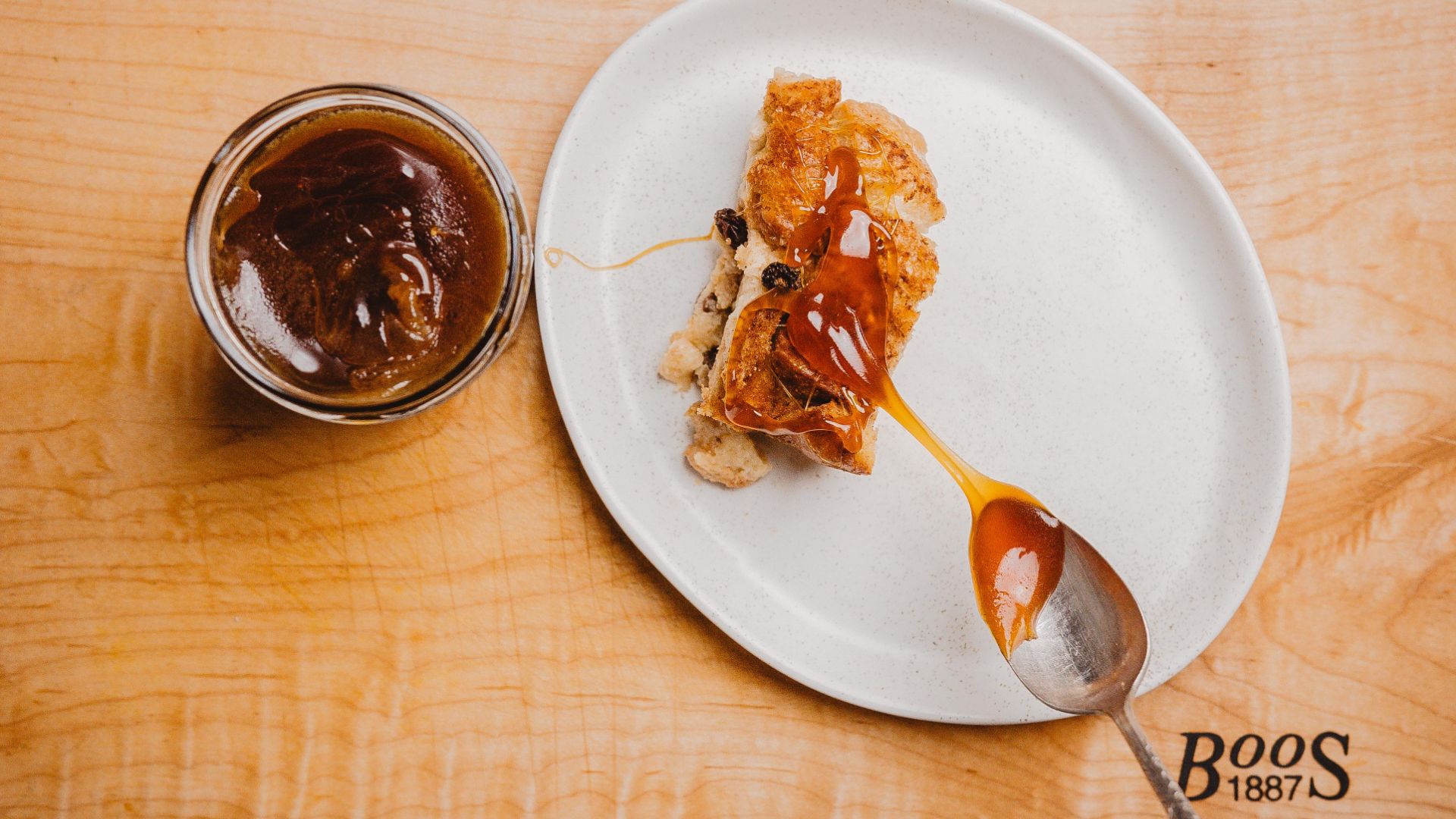Perfect Caramel Sauce
Course – Dessert
Cuisine – French
Keyword – Caramel
Cook Time – 30 minutes
Serving – 1.25 Cups
Skill level – Moderate
Author – McCall’s Cook Book, 1963
There is something truly special about the flavors of a rich caramel.
When sugar crystals collapse, color and develop this depth of flavor you no longer have simply a “Sweet dish” but something that is to be savored and appreciated.
And as it should be!
Ask almost any baker and you’ll hear most folks sigh a dread-filled noise that sucks the joy out of any room, when asked about caramels.
But it doesn’t need to be this way, and even without a thermometer, we’ll get you where you want to be.
Buckle up and enjoy.
What is Caramel?
- Caramel is made from slowly cooking a sugar and gently increasing the temperature to a specific stage, when the sugars because amber in color and rich in complex flavors.
Do I need a Thermometer?
- When cooking any sugar dish, it is always encouraged to use a thermometer, as sugars have very specific temperatures that they react optimally with. But if you do not have a thermometer, you can still make a caramel by paying close attention and not allowing your sugar to burn.
What happens if I whisk my sugar around, while it’s cooking?
- Your sugar will “seize” up and you’ll end up with broken sugar that won’t caramelize. Be sure to allow the sugar to cook, without agitation, until it is complete.
INGREDIENTS
- 1.5C Sugar
- 1C Hot Water
- 1T Butter
- Pinch of Salt
- 1/2t Vanilla Extract
METHOD
Using a heavy-bottom skillet, slowly heat your sugar until it begins to melt and turns a soft, light golden-brown.
Remove from the heat and gradually stir in 1 Cup of Hot Water and bring to a boil. Once you’ve reached a boil, reduce the heat to a simmer and reduce until it thickens or reaches 228F/109C on a thermometer.
You can remove from the heat and add your Butter, Salt and Vanilla Extract, allowing to cool in a glass jar with the lid off.
NOTES:
- Add a generous pinch of Sea Salt to make the best Salted Caramel!
- Sugar takes forever to come up in temperature, but pay attention! Once it gets close to 212F/100C it will suddenly climb very quickly. So be ready!
- Will live in the refrigerator, covered, for several months (if it lasts that long)
- Do NOT agitate your sugars. If you need to prevent scorching, you can use a wet brush and gently brush around the pan to help the sugars blend together, or gently swirl the pan around occasionally. Otherwise, you’ll just end up with seized sugar that won’t caramelize.
Other Recipes You Might Like





